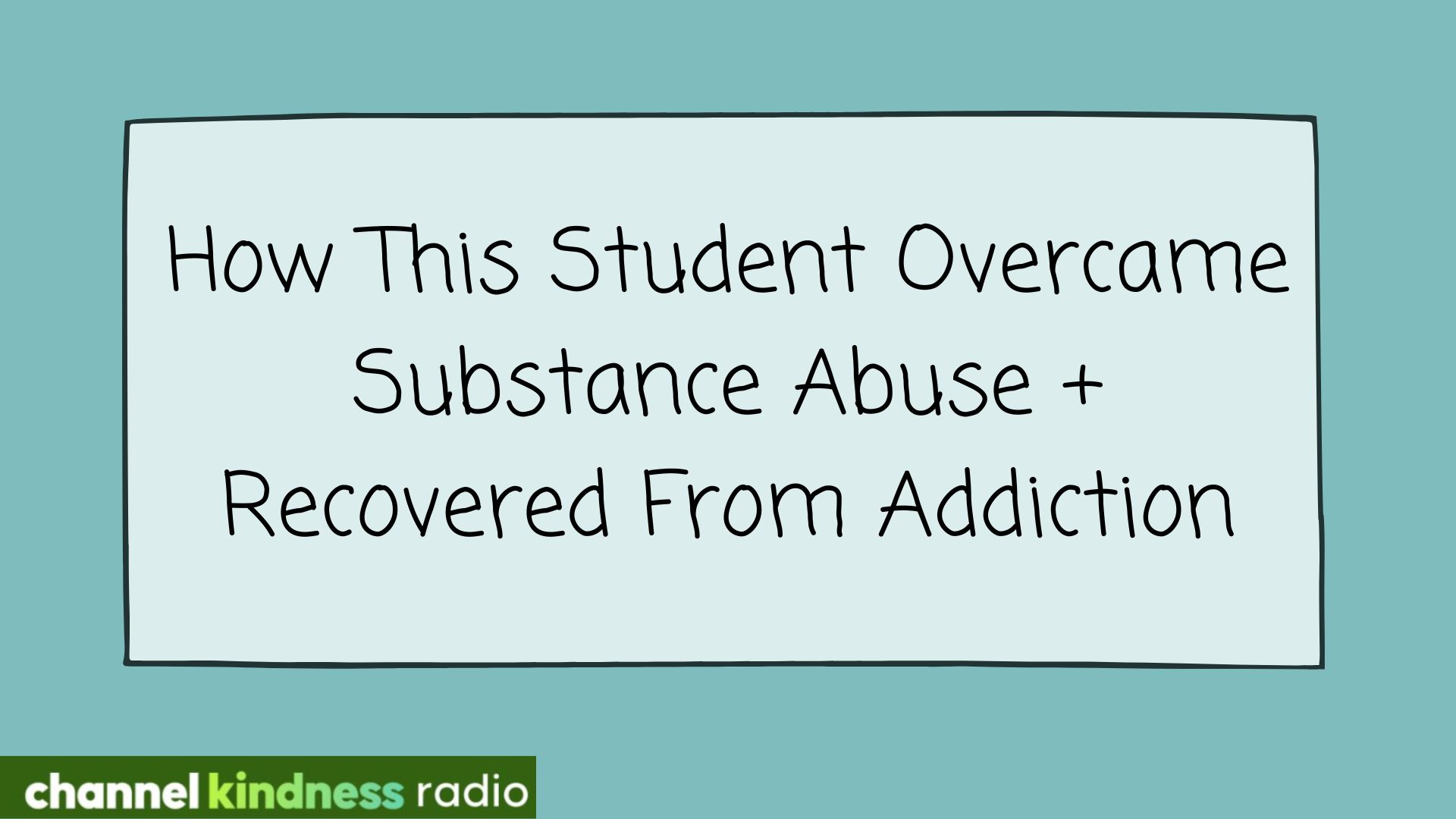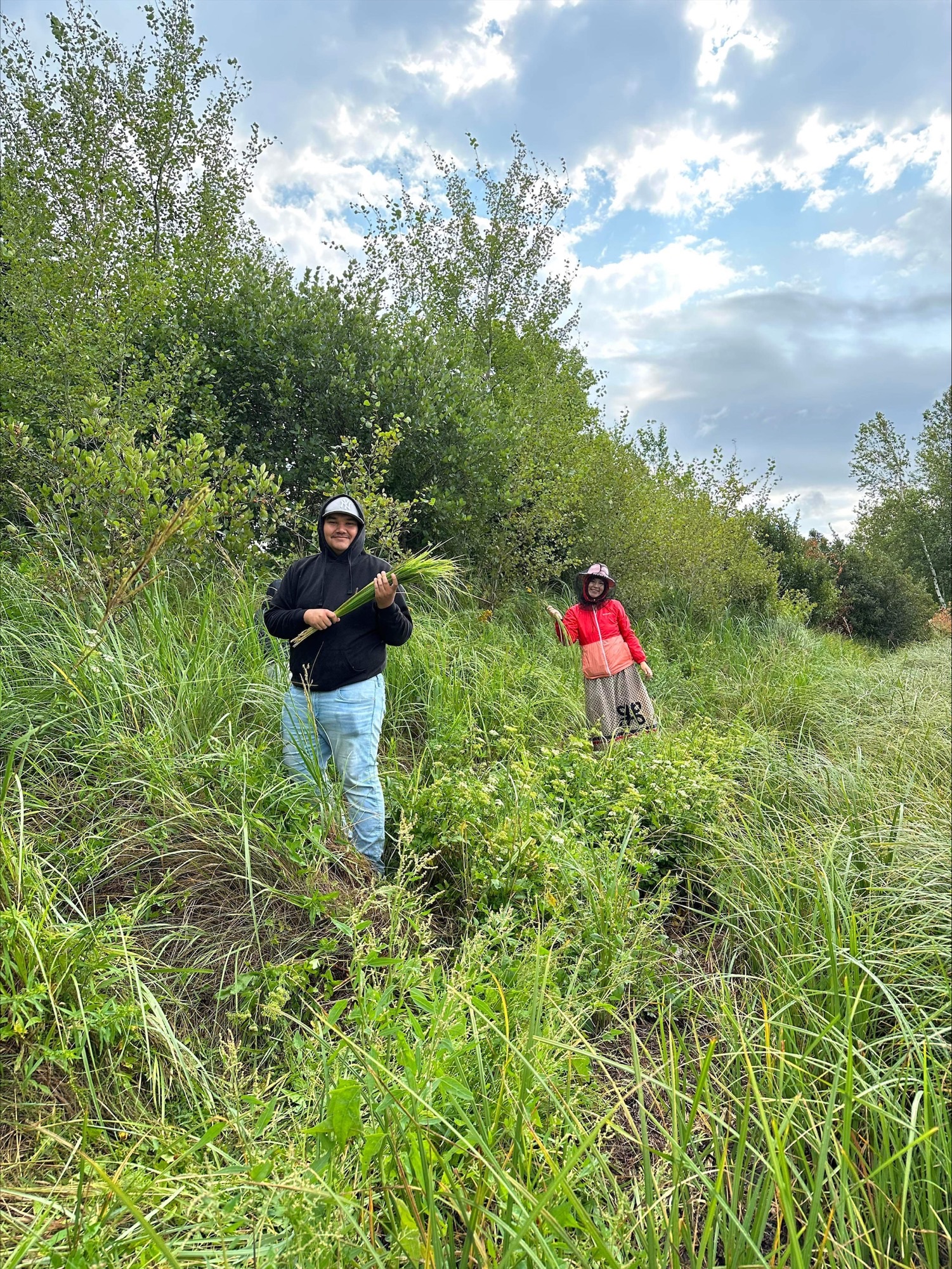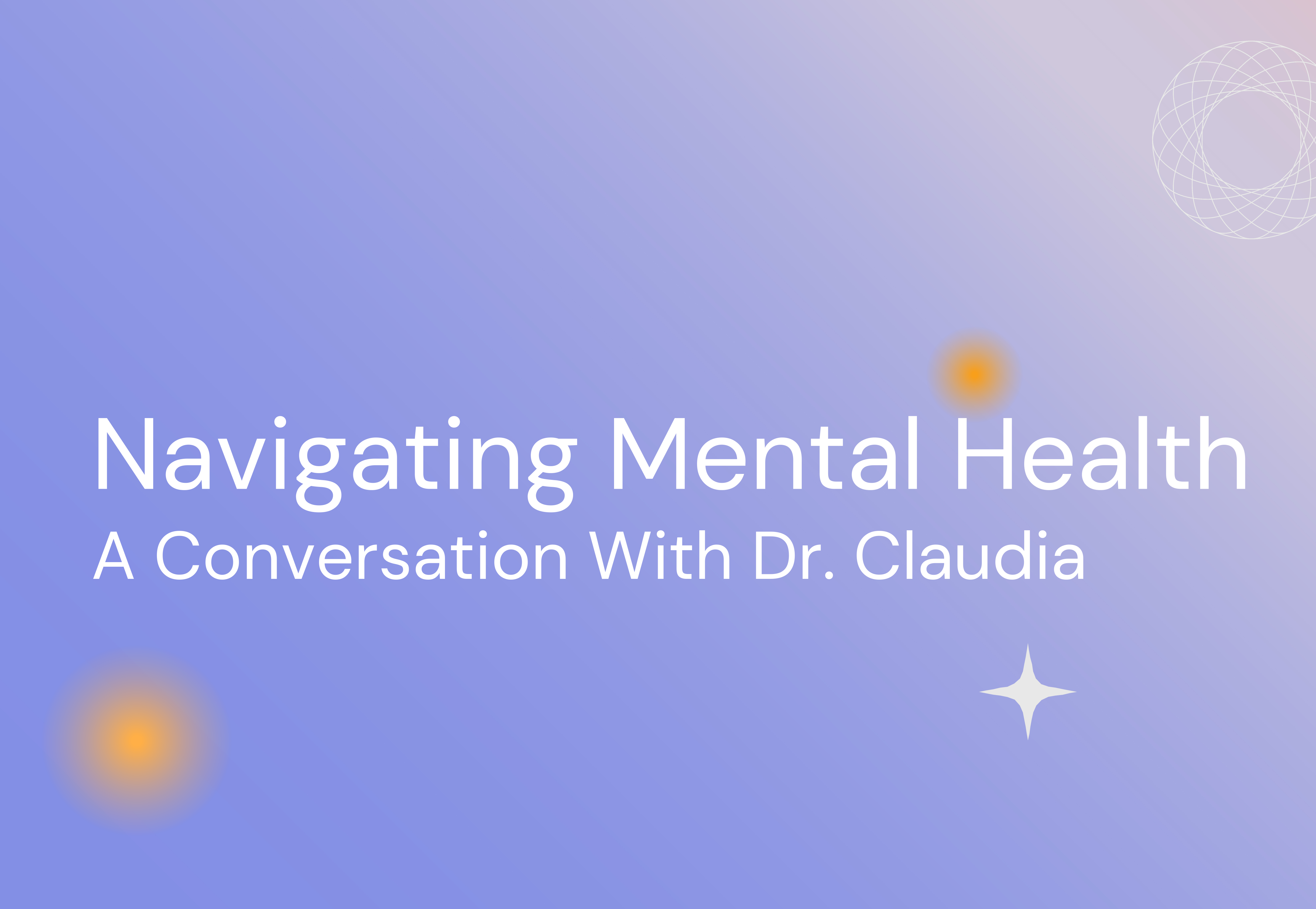When I was a young child living with undiagnosed post-traumatic stress disorder, starting around the age of eight or nine, I used to fantasize about the impossible—that I could trade my “broken” body for a new, fully-functioning, able one off a shelf. Similar to the rite of passage one goes through when buying their first car, my mind would swirl with possibilities—what “model” would I buy? What hair color would it feature? Eyes? Height? How strong would it be?
Eventually, I would become grounded back to reality, realizing that my fantasies were just that—fantasies—and my broken body would remain broken, indefinitely and for life. This was happening during a time when I was spending quite a bit of time in the hospital, and despite the fact that most of the patients on the floor were like me, I felt very alone and truthfully, there weren’t many safe places that existed in my world. My hospital rooms were filled with unimaginable pain; my household was filled with dysfunction and alcoholism, and school was filled with anxiety due to a constant feeling that I had to explain the above to my able-bodied classmates. I could never really form proper words, so instead, my trauma manifested in ways it typically does in children; I acted out, screaming through physical therapy sessions and looking for constant excuses to leave my second-grade classroom so I wouldn’t have to tell my caring but inquisitive peers why I had Christmas-colored casts on both legs or a hockey puck-shaped drug pump sticking out of my abdomen.
As a child going through all of this, one thing that was sorely missing from my world was representation; something to hold on to that made me realize what was possible when I was given a laundry list of impossibilities and complex health diagnoses from the moment I was born. Any time I saw a chronically ill or disabled child in the media, it was presented in one context, and one context only: children starring in PSA’s for their hospitals, asking the public to donate to their cause and help save lives. These children would often be smiling talking about the important work of their often prestigious institution, some with bald heads and others in wheelchairs, while parents wiped away tears of gratitude for those who helped to make the work possible.
While this seems innocent enough on the surface, when I was sixteen years old and going through a full-blown mental breakdown as a result of my PTSD, blaming myself for my own health and perceived burden that it would put on myself and my family now and into the future, I would weaponize those PSA’s against myself to invalidate the very real feelings surrounding a mental health crisis. If kids with cancer can smile and be happy, why can’t I be?
Because of the narrative of toxic positivity that often surrounds people with disabilities in the media, I too thought I had to be happy all the time despite significant daily emotional and physical obstacles. And in addition, I never saw people like me actually succeeding: the most you would hear would be that a kid beat their illness, going on to collectively inspire able-bodied people about how they overcame adversity. And while those stories can be great in some ways, the fact that this is largely the only narrative that was told meant that I was deeply, deeply confused. I didn’t know if I could actually accomplish anything on my own merit or if I would simply continue to circle the drain of my diagnoses and treatments, pretending to be happy with a fake smile plastered to my face.
It wasn’t until I was in college and learning about various mental health diagnoses–such as PTSD–that a lightbulb came on. Oh my God, this sounds like me, I thought, still living in total denial of the possibility that I had been living with undiagnosed mental illness since childhood. It took me until my junior year of college to be brave enough to see a therapist and receive a formal diagnosis, largely due to fear and stigma, but having that representation and sometimes difficult discussions helped me to help myself.
There were other breakthrough moments in my college years as well: I would later go on to take courses in disability studies and learn about the various forms of disability activism taking place through social media, which blew my mind. There was a world that existed where people were celebrated for their diagnoses and what they were able to accomplish because of them rather than in spite of them. People were taking back the narrative and proudly telling their own stories, which is something I wanted–needed—for so long. And yes, in case you’re wondering, I have indeed flipped the script and gone on to accomplish a lot: I became an academic, graduated from college, twice, became a best-selling author and perhaps most importantly, found my biggest anchor: helping others and giving back. I’ve made it my mission to continue to take back the narrative and remind myself and others like me of not only what is possible, but also that it’s okay to feel our deepest, darkest emotions, even in a society that constantly sends messages on the contrary, with so many systemic barriers.
Every now and again, I’ll catch myself fantasizing about what my world would look like if I could simply go into a store and trade my “broken” body for a new one, customized to my every desire. Oddly enough, it was the thing that prompted me to write this very piece. Although I know representation can’t fix my physical and mental illnesses which indeed cause very real and valid suffering, even as a 26-year-old adult, I’ve since come to realize one very powerful thing: I don’t want to fix myself, nor do I need to. What does need fixing is the images that are reflected back on us in our society. And similar to what this young woman in a wheelchair felt when she saw herself reflected back in a fashion ad, I too know that representation matters–and helps me redefine what is possible in a world that constantly tries to tell me no.














